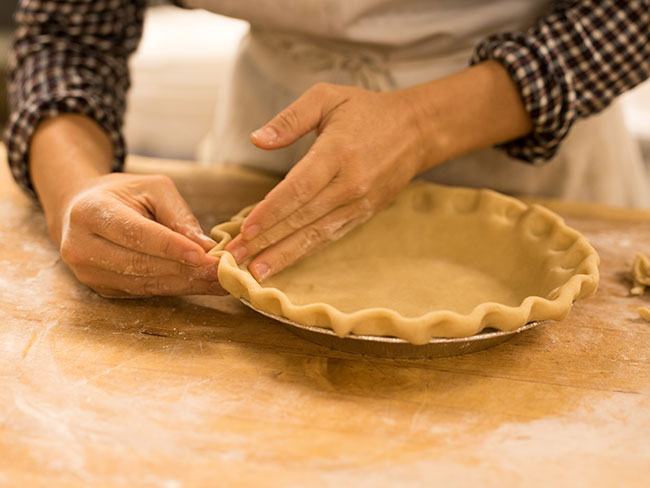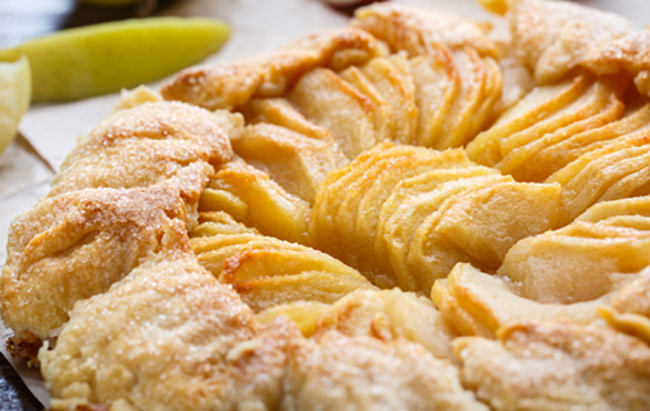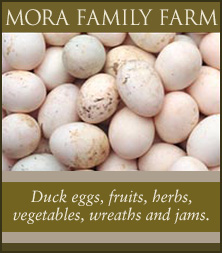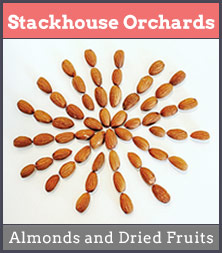“For years, I wondered why people raved about lard pastry. Mine was either falling-apart-tender or flaky and tough. But I’m glad to have persevered because a lard crust made well has no equal. It is more tender, more flaky, and more crisp than any other and doesn’t shrink even if baked only an hour after mixing. It also browns less fast than a butter crust, making it convenient for pies that require longer baking.
Lard crust is ideal for savory pastries. You can use half butter, but it is not quite as light, though very close, and for savory food, I prefer the flavor of all lard. Pastry flour produces the most tender crust. I like to roll out the dough on whole wheat flour for extra texture and flavor, which is compatible with the lard flavor. The success of this crust depends on the quality and temperature of the lard.” – Rose Levy Beranbaum
INGREDIENTS:
1 1/3 cups pastry flour, plus 4 teaspoons (6.5 ounces) or all-purpose flour (if using all-purpose flour, reduce the water by 1 teaspoon for more tenderness)
1/2 teaspoon salt (use 3/8 teaspoon if using rendered caul fat)
1/8 teaspoon baking powder
1/2 cup cold lard (4 ounces, if using commercial lard, use 1/2 cup plus 2 teaspoons)
1/4 cup ice water (2 ounces)
4 teaspoons cider vinegar (0.7 ounce)
2 tablespoons whole wheat pastry flour or wheat flour, approximately
METHOD:
Place a medium mixing bowl in the freezer to chill.
Place the flour, salt, and baking powder in a reclosable gallon-size freezer bag, and whisk them together.
Using a melon baller, scoop 1/2-1 inch balls of the lard directly into the flour, shaking the bag occasionally to distribute and cover them with the flour. If the room is warm and the lard starts getting very soft, place the bag in the freezer for about 10 minutes before proceeding. It should be firm but squishable once it’s all been added.
Using a rolling pin, roll together the lard and flour until the lard is in thin flakes. Place the bag in the freezer for at least 30 minutes.
Empty the flour mixture into the cold bowl, scraping the sides of the bag to release all of it. Set the bag aside. Sprinkle on the ice water and vinegar, tossing gently with a rubber spatula to incorporate it evenly.
Spoon the mixture back into the plastic bag (if using caul fat, which is softer, the dough will already hold together, so it’s easier to empty it out onto a piece of plastic wrap and knead it lightly from the outside of the wrap).
Holding both ends of the bag opening with your fingers, knead the mixture by alternately pressing it, from the outside of the bag, with the knuckles and heels of your hands until the mixture holds together in one piece and feels slightly stretchy when pulled.
Sprinkle the dough on both sides with a little whole wheat flour, wrap it with plastic wrap, flatten it into a disc, and refrigerate for at least 45 minutes, preferably overnight.
Store refrigerated for up to 3 days; frozen, for up to 3 months.
SOURCE: Recipe from Rose Levy Beranbaum’s, The Pie & Pastry Bible, Scribner, 1998





























